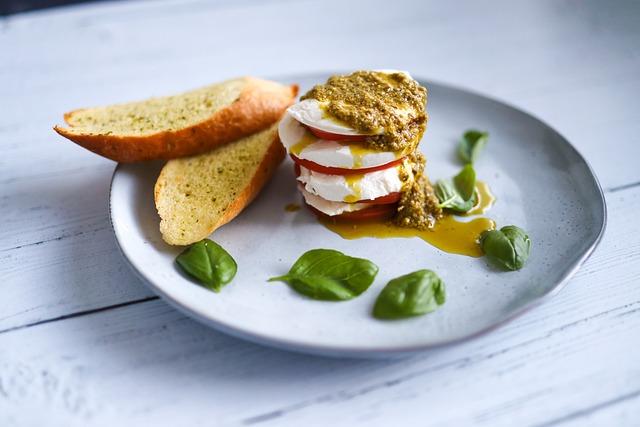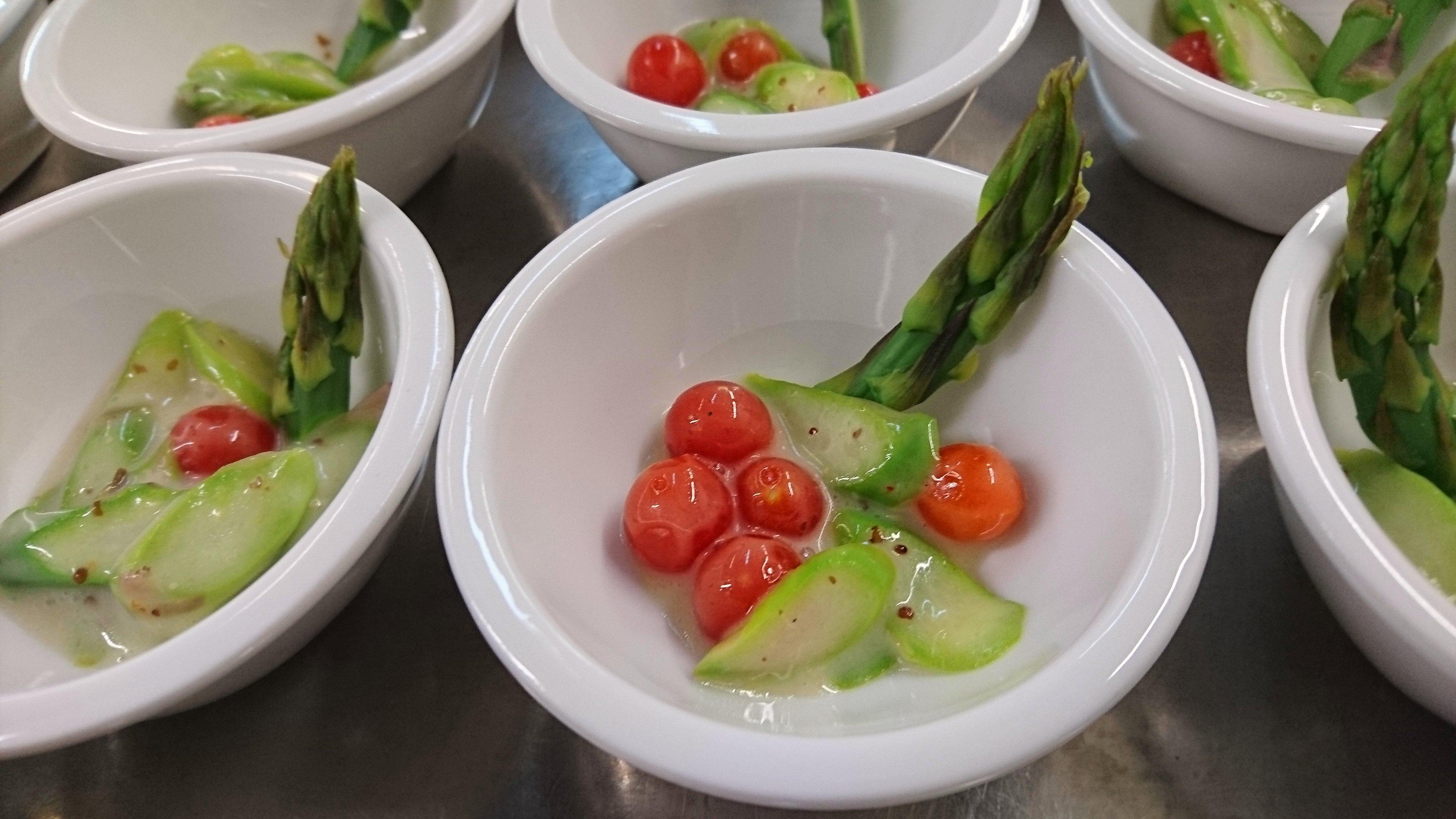In the ever-evolving world of culinary trends, the term “superfood” has captured the imagination of health enthusiasts and foodies alike. With vibrant colors, exotic ingredients, and promises of unparalleled nutritional benefits, superfood salads have emerged as the latest darlings of the dining scene. But as these nutrient-packed bowls continue to gain popularity, a question arises: should they replace the time-honored traditional salads entirely? This article delves into the debate, exploring the allure of superfood salads while considering the enduring appeal of their classic counterparts. Join us on a journey through flavors, nutrients, and culinary traditions as we weigh the merits of both sides in the quest for the perfect salad.
Nutritional Showdown Unveiling the Benefits of Superfood Salads
In the vibrant world of culinary arts, superfood salads are making waves with their nutrient-packed ingredients that promise a myriad of health benefits. These salads often incorporate ingredients like kale, quinoa, chia seeds, and goji berries, each boasting an impressive profile of vitamins, minerals, and antioxidants. The inclusion of these superfoods can transform a simple salad into a powerhouse of nutrition, potentially enhancing energy levels, improving digestion, and boosting immunity. But should these salads take the place of traditional ones?
- Kale: Rich in vitamins A, C, and K, offering anti-inflammatory properties.
- Quinoa: A complete protein source that aids in muscle repair and growth.
- Chia Seeds: Packed with omega-3 fatty acids and fiber for heart health.
- Goji Berries: High in antioxidants, supporting eye health and skin vitality.
While superfood salads provide a dense concentration of nutrients, traditional salads offer their own set of benefits. Often composed of locally sourced, seasonal vegetables, they can be more accessible and cost-effective. Ingredients like fresh lettuce, tomatoes, cucumbers, and carrots not only bring essential nutrients but also provide a crisp, refreshing experience that’s hard to replicate. Therefore, instead of choosing one over the other, why not enjoy the best of both worlds? Blending elements from both types can create a balanced, flavorful, and nutritionally diverse meal.
Exploring the Culinary Diversity of Traditional Versus Superfood Salads
In the vibrant world of salads, a culinary journey unfolds between the cherished flavors of traditional varieties and the health-packed allure of superfood versions. Traditional salads often draw from familiar ingredients that evoke comfort and nostalgia. Think of a classic Caesar or a refreshing Greek salad, rich with crispy romaine, juicy tomatoes, and tangy feta. These salads celebrate the essence of simplicity, allowing the natural flavors of the ingredients to shine through.
On the other hand, superfood salads push the boundaries of conventional salad-making, introducing a medley of nutrient-dense ingredients that promise a health boost. Ingredients like quinoa, kale, chia seeds, and avocado are frequently featured, transforming the humble salad into a powerhouse of vitamins and antioxidants. These salads often cater to those seeking a dietary edge, with benefits such as increased energy and improved digestion. The beauty of superfood salads lies in their ability to innovate, constantly evolving with new, exciting components.
- Traditional Salads: Comforting, familiar, straightforward.
- Superfood Salads: Innovative, nutrient-rich, health-focused.

Balancing Health and Taste Crafting the Perfect Salad Experience
In the quest for a healthier lifestyle, the spotlight has shifted towards superfood salads, which are often brimming with nutrient-dense ingredients like kale, quinoa, chia seeds, and goji berries. These salads promise a punch of vitamins and antioxidants, but do they hold the power to completely replace our beloved traditional salads? While superfood salads offer a unique blend of health benefits, traditional salads have their own charm, offering a nostalgic taste and a balance of flavors that can evoke a sense of comfort and familiarity.
- Flavor Variety: Traditional salads offer a wide range of flavors, from the tangy zest of a Caesar dressing to the earthy tones of a Greek salad.
- Textural Experience: Superfood salads often focus on raw, crunchy textures, whereas traditional salads can incorporate softer, roasted, or pickled elements.
- Cultural Significance: Many traditional salads are rooted in cultural heritage, offering a culinary experience that goes beyond just nutrition.
Finding a balance between these two salad realms can lead to a culinary experience that not only satisfies taste buds but also nourishes the body. Whether you lean towards the nutrient-packed allure of superfoods or the timeless flavors of traditional salads, there’s a world of exploration to be had in crafting your perfect salad experience.

Guidelines for Incorporating Superfoods into Your Salad Routine
Incorporating superfoods into your salad routine can elevate both the nutritional value and the flavor profile of your meals. To make the most of these nutrient-dense ingredients, consider the following guidelines:
- Balance is Key: While superfoods like kale, quinoa, and chia seeds pack a nutritional punch, it’s essential to balance them with other ingredients to ensure a well-rounded meal. Mix in a variety of textures and flavors by adding elements like crisp cucumbers, juicy tomatoes, and creamy avocados.
- Mind the Portions: Superfoods are potent, so a little goes a long way. Overloading your salad with too many of these powerful ingredients can be overwhelming. Start with small amounts and adjust according to taste and dietary needs.
- Experiment with Dressings: Pair your superfood salad with dressings that complement and enhance the flavors. Opt for homemade dressings using olive oil, lemon juice, or apple cider vinegar to keep it healthy and fresh.
- Rotate Ingredients: Avoid monotony by rotating your superfoods. Swap spinach for arugula or try ancient grains like farro instead of quinoa. This not only keeps your salads exciting but also ensures a diverse intake of nutrients.
By thoughtfully incorporating superfoods into your salads, you can enjoy a delicious and nutrient-rich meal that complements, rather than replaces, traditional salad components.
In Conclusion
As we conclude our exploration into the vibrant world of superfood salads versus their traditional counterparts, it becomes clear that this culinary debate is more than just a question of ingredients—it’s a reflection of our evolving relationship with food. Superfood salads, with their nutrient-dense profiles and trendy allure, offer a modern twist to our plates, promising health benefits that are hard to ignore. Yet, traditional salads, rich in simplicity and cultural heritage, remind us of the timeless pleasures found in familiar flavors and time-honored recipes.
Perhaps the true essence of this discussion lies not in choosing one over the other, but in embracing the diversity they collectively bring to our tables. By celebrating both the innovative spirit of superfoods and the comforting nostalgia of traditional salads, we open ourselves to a world of culinary possibilities that honor both health and history.
As we continue to craft our personal dietary journeys, may we savor the best of both worlds, allowing each salad to contribute its unique colors, textures, and stories to the ever-evolving tapestry of our meals. After all, in the garden of gastronomy, there’s always room to grow, blend, and taste anew.
